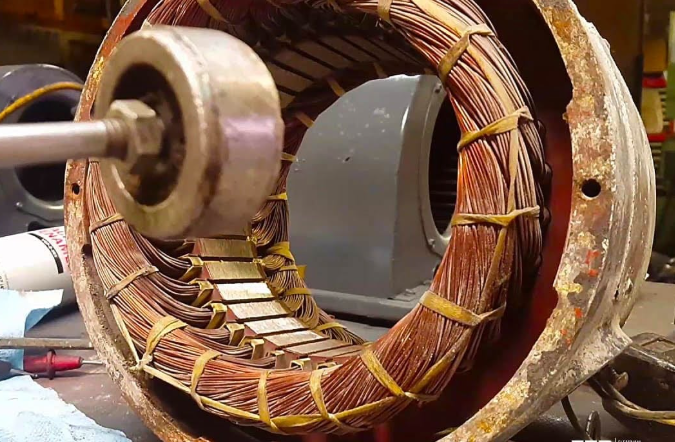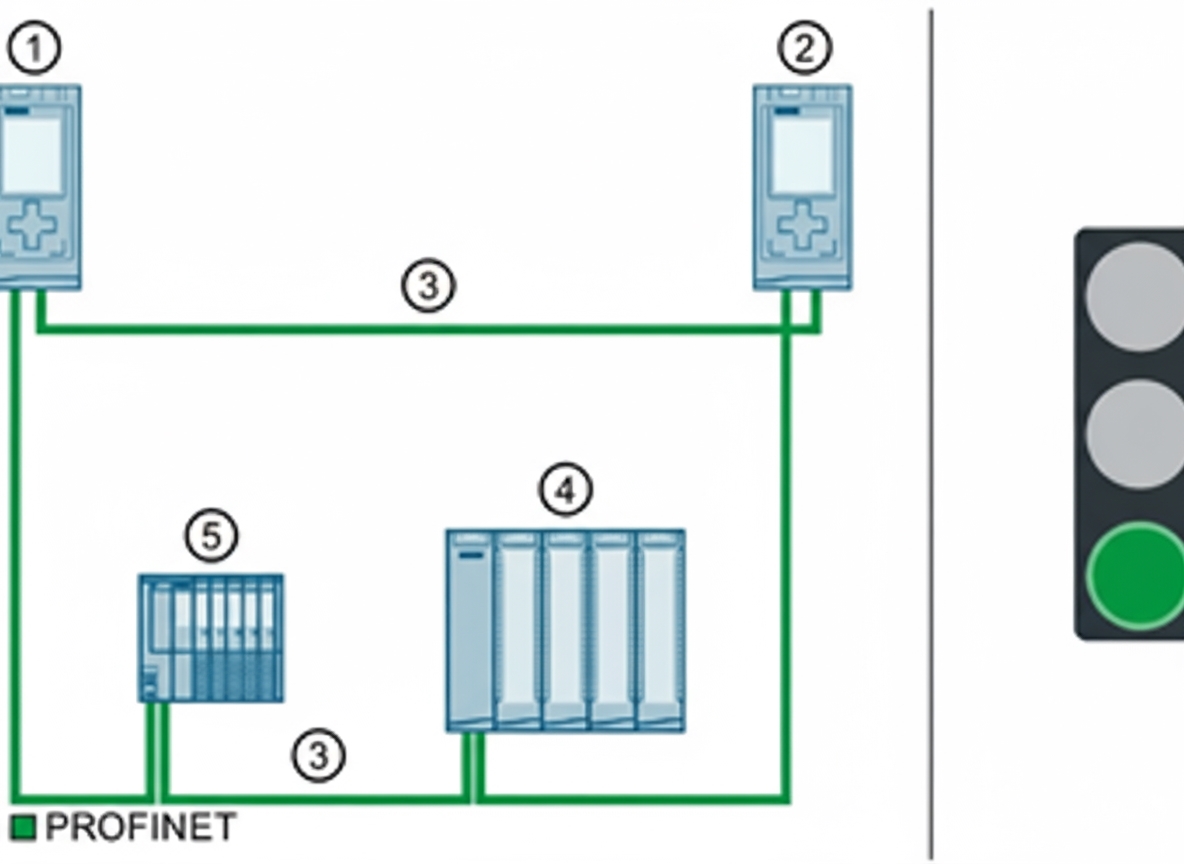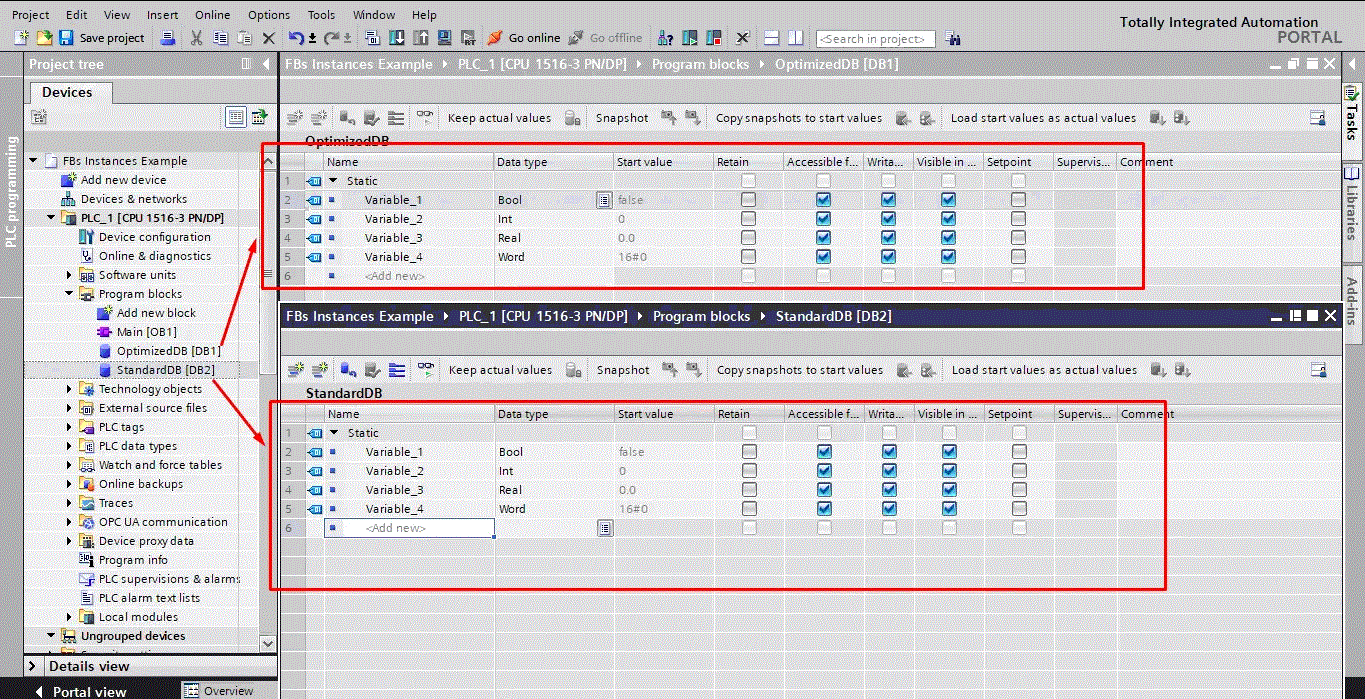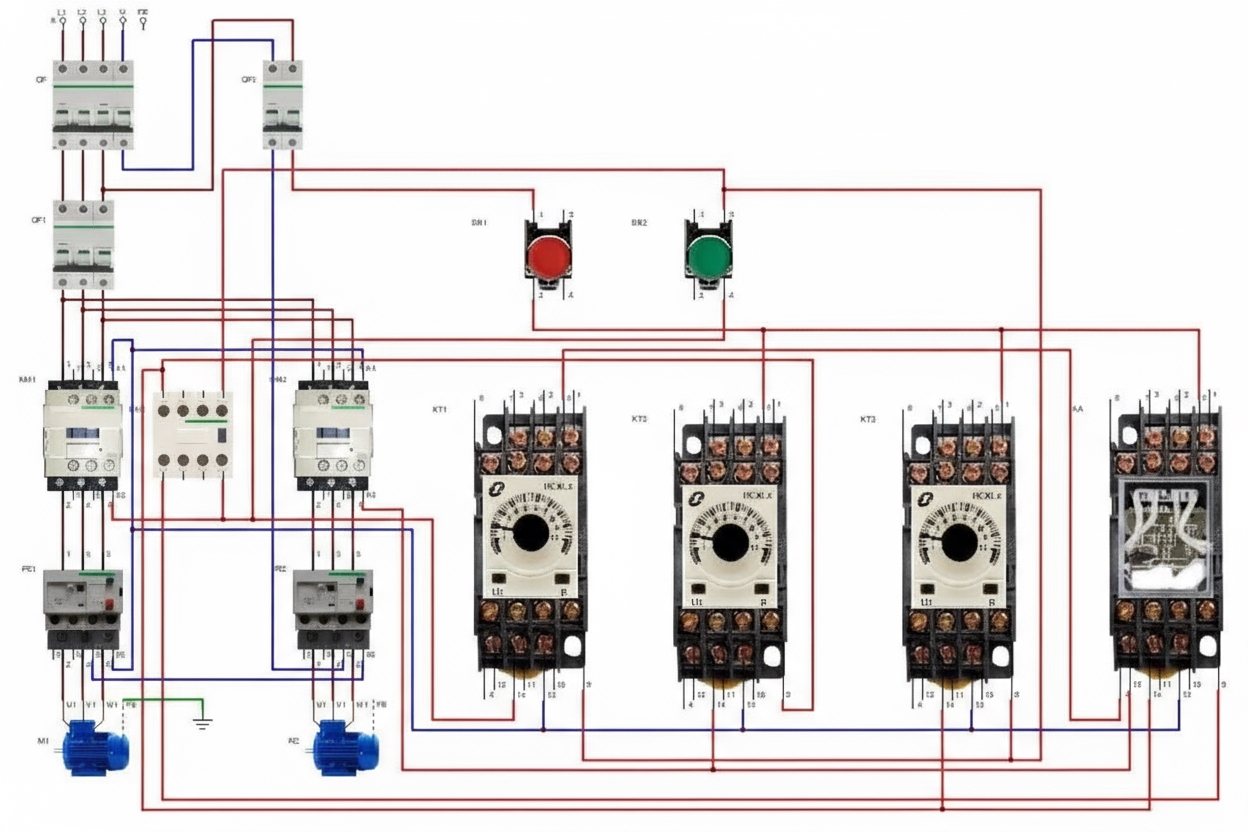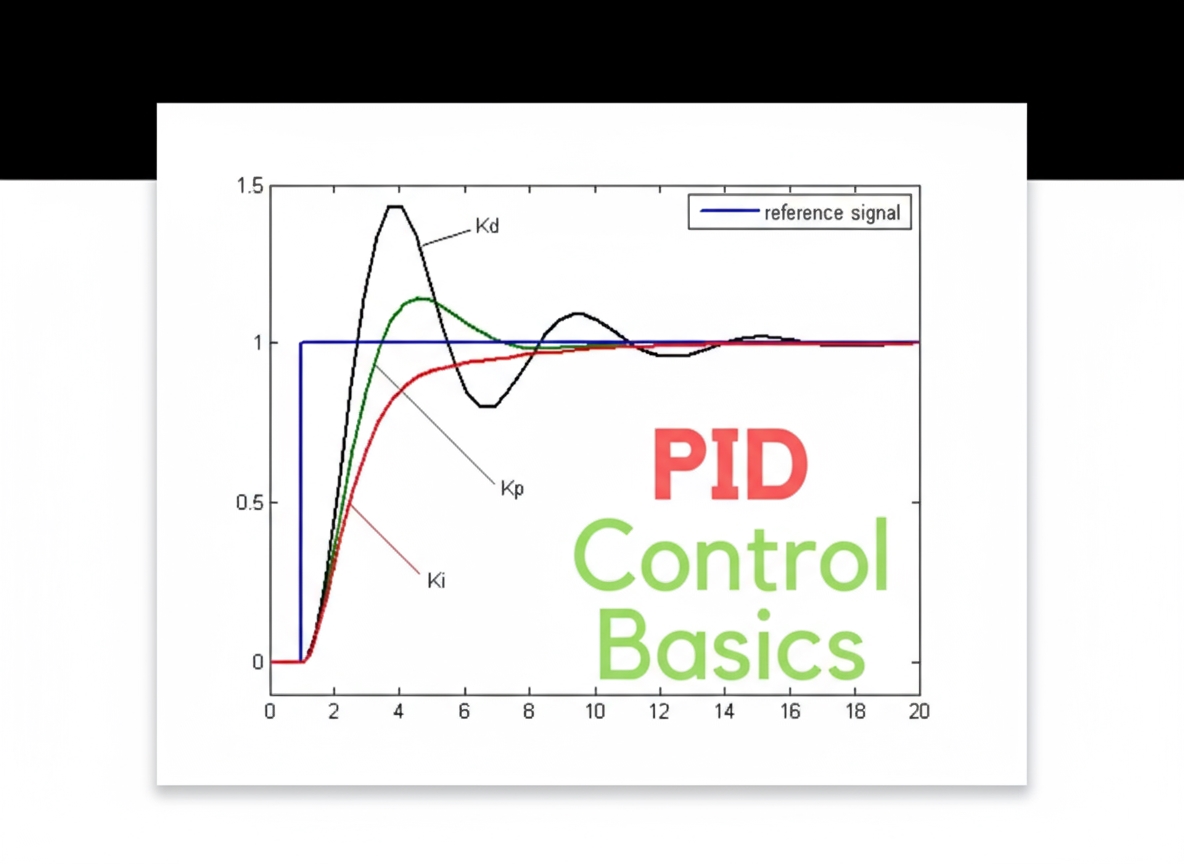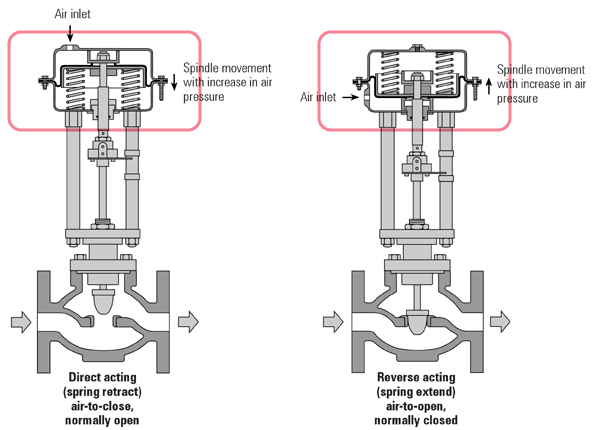Background
When winding coils for a motor armature or stator, the number of turns must follow the motor specifications. Motor windings behave like inductors: adding turns increases the turns count and inductance, while removing turns reduces them. Changes in turn count affect motor behavior to varying degrees.
Fewer Turns: Risks
Coils are part of the stator circuit. If the actual number of turns is less than specified, especially in higher-power motors that already use few turns and larger conductor cross-sections, the current will increase. That can raise magnetic flux density toward saturation, causing severe heating and potential motor burnout.
Externally, a reduced turn count can increase motor speed. Hand-wound coils may also create larger gaps between the winding and the core, which effectively reduces the usable turns and can further affect performance.
More Turns: Consequences
Adding extra turns wastes conductor and increases the winding resistance and reactance, which also affects motor performance. Increasing turns raises resistance and reduces current, which generally lowers delivered power. After energizing, the motor will typically run slower, although the lower electrical stress can extend service life.
Practical Guidance
For low-power motors, which use thin wire and many turns (often one to two thousand turns per phase), omitting a few tens of turns usually has little effect. For high-power motors with thick, low-turn windings, increasing or decreasing turns has a much larger impact. Therefore, when re-winding or embedding coils, follow the original wire gauge and turn count closely. Do not under-wind or over-wind if original performance is required.
 ALLPCB
ALLPCB


